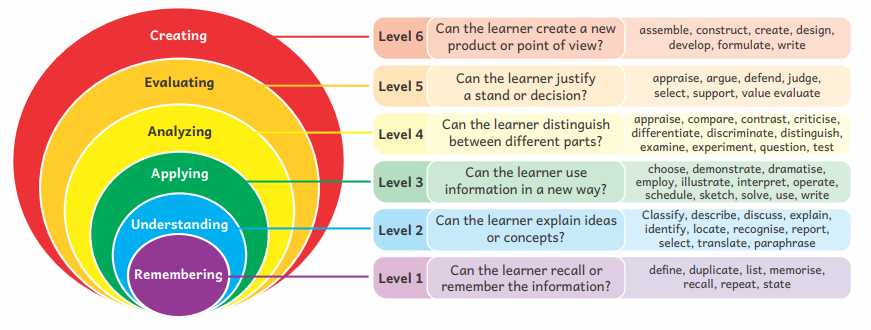- 042 37111 000 Call Us Now
- support@moonlightpublishers.com Drop Us a Line
- ISO Certified Organization
Curriculum & MoonLight
SIGNIFICANCE OF CURRICULUM
Curriculum is the expectations for what will be taught and what students will do in a program of study. It includes teacher-made materials, textbooks, and national and state standards. Curriculum is the outline of concepts to be taught to students to help them meet the content standards.
Curriculum improves the teaching process. It gives teachers tangible resources and goals, stimulates creativity, and enables self-reflection. Most importantly, curriculum improves student outcomes.
Curriculum alignment:
Curriculum alignment brings teams of teachers together to plan instructions.
Vertical alignment is when teachers who teach the same content area meet across grade level bands.
Horizontal alignment is when teachers at the same grade level meet to coordinate learning activities.
SIGNIFICANCE OF CURRICULUM IN TEXTBOOK DEVELOPMENT
Early childhood care and education (ECCE) is more than preparations for primary school. It aims at the holistic development of a child’s social, emotional, cognitive and physical needs in order to build a solid and broad foundation for lifelong learning and wellbeing.
ECCE ideally consists of flexible, multi-level, play-based, activity-based, and inquiry-based learning, comprising of alphabet, languages, numbers, counting, colors, shapes, indoor and outdoor games, puzzles and logical thinking, drawing and painting. It also includes a focus on developing social capacities, sensitivity, good behavior, courtesy, ethics, and cooperation.
Bloom’s Taxonomy was created in 1956 under the leadership of educational psychologist Dr Benjamin Bloom in order to promote higher forms of thinking in education, such as analyzing and evaluating concepts, processes, procedures, and principles, rather than just remembering facts (rote learnings). It is most often used when designing educational, training, and learning processes. Let’s have a look at the salient domains of the mentioned taxonomy as see how it works in developing the students’ study skills, cognitive skills and learning tendencies
Bloom's Taxonomy
Revised

